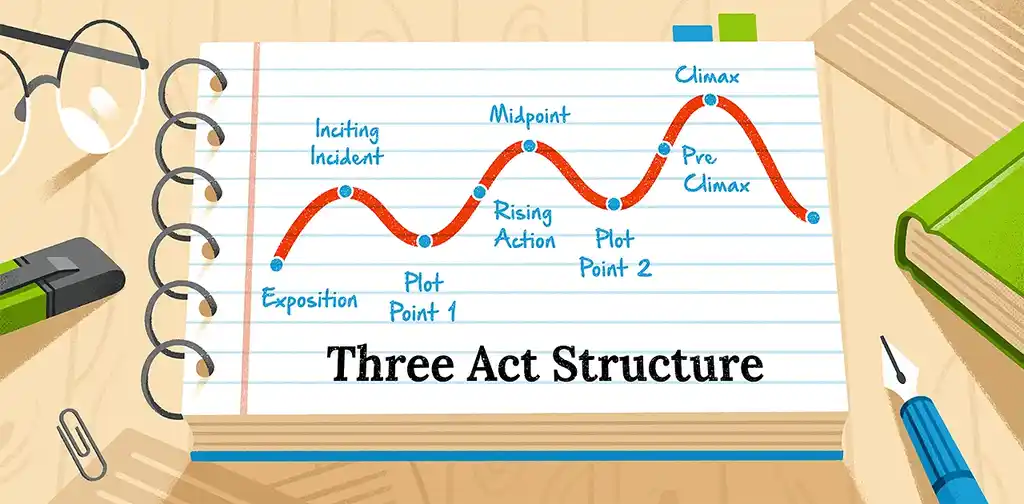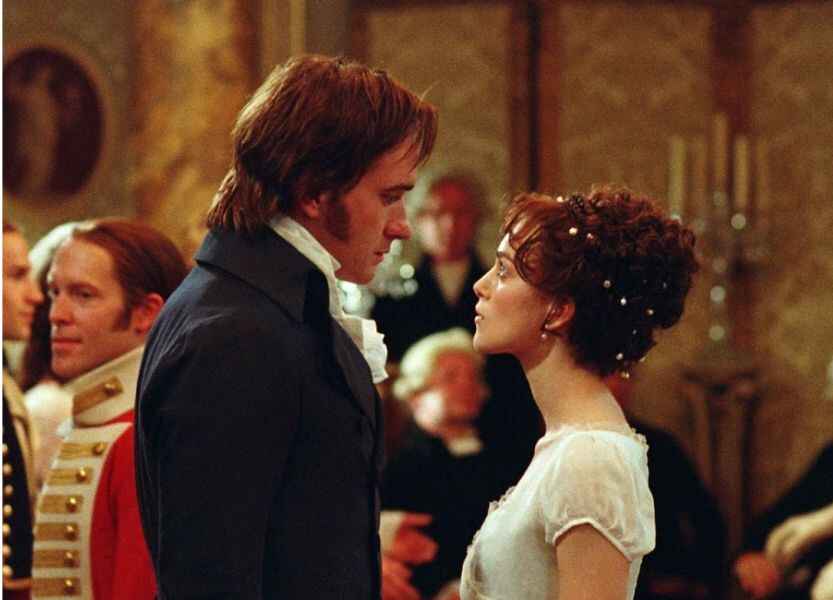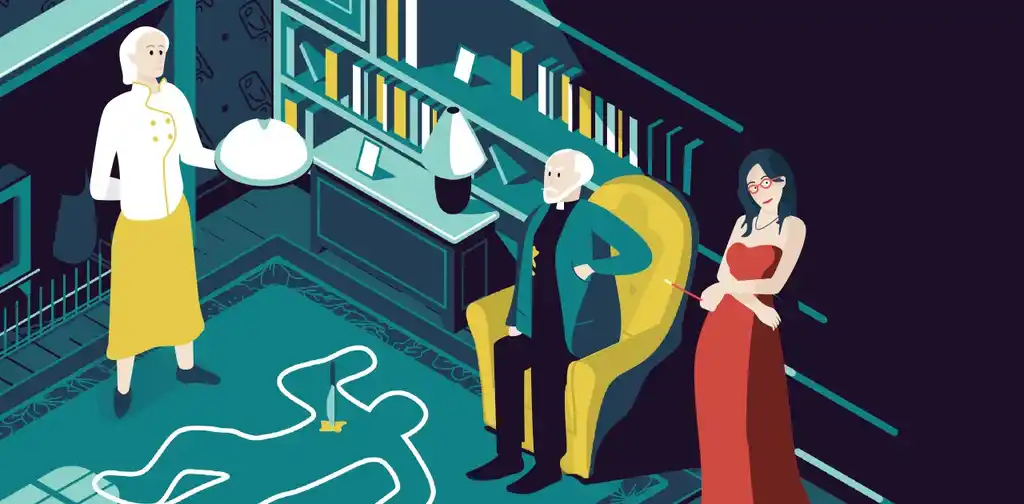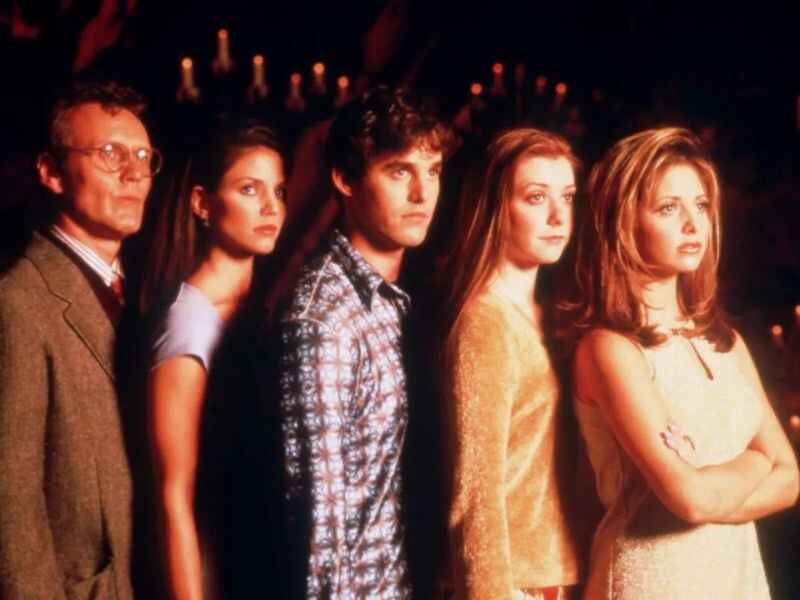Last updated on Jan 02, 2024
Narrative Structure: Definition, Examples, and Writing Tips
About the author
Reedsy's editorial team is a diverse group of industry experts devoted to helping authors write and publish beautiful books.
More about the Reedsy Editorial Team →As you plot out your novel, story structure will likely be at the top of your mind. But there’s something else you’ll need to consider in addition to that: narrative structure. While story structure is the overall flow of the story, from the exposition to the rising and falling action, narrative structure is the framing that supports it. Let’s take a deeper dive into what that means.
What is narrative structure?
A narrative structure is the order in which a story’s events are presented. It is the framework from which a writer can hang individual scenes and plot points with the aim of maximizing tension, interest, excitement, or mystery.
Traditionally, most stories start at the chronological beginning ("once upon a time") and finish at the end ("and they lived happily ever after"). However, a story can technically be told in any order. Writers can arrange their plot points in a way that creates suspense — by omitting certain details or revealing information out of order, for example.
Sometimes, storytellers will begin in the middle and literally 'cut to the chase' before revealing the backstory later on. In short, narrative structure is a powerful tool that writers can wield to great effect if handled with care and consideration.

FREE COURSE
How to Plot a Novel in Three Acts
In 10 days, learn how to plot a novel that keeps readers hooked
Types of narrative structure
There’s a whole branch of literary criticism dedicated to studying narrative structure: narratology. We won’t quite go into academic depth, but it’s important to know the main types of structure available for your narrative so you can best choose the one that serves your story’s purpose. Here are four of the most common types of narrative structure used in books and movies.
1. Linear
Linear narrative structure is exactly what it sounds like — when a story is told chronologically from beginning to end. Events follow each other logically and you can easily link the causality of one event to another. At no point does the narrative hop into the past or the future. The story is focused purely on what is happening now. It’s one of the most common types of narrative structures seen in most books, movies, or TV shows.
Example: Pride and Prejudice

A great example of a linear narrative is Jane Austen’s Pride and Prejudice. We follow Elizabeth Bennet and Mr. Darcy's love story from their first disastrous meeting to when they fall in love and admit their feelings for each other. All of the events are presented in the order that they occur, and we can easily see how one misunderstanding led to another right until the very end.
2. Nonlinear
On the flip side, a nonlinear narrative is when a story is told out of order — where scenes from the beginning, middle, and end are mixed up, or in some cases, the chronology may be unclear. With this freedom to jump around in time, new information or perspectives can be introduced at the point in the story where they can have maximum impact. A common feature of this type of narrative is the use of extended flashbacks.
These types of stories tend to be character-centric. Hopping through time allows the author to focus on the characters' emotional states as they process different events and contrast them against their previous or future selves.

FREE COURSE
How to Develop Characters
In 10 days, learn to develop complex characters readers will love.
But why would you choose to tell a whole story in such a confusing way? One thing nonlinear structures allow a writer to do is heighten suspense. Since events don’t necessarily logically follow each other, you never know what will happen next. They can also disorient the audience and leave them feeling off-kilter, which is incredibly useful if you’re writing horror or suspense, though this structure certainly isn’t limited to these genres.
Example: Amores perros

Alejandro González Iñárritu’s 2000 film Amores Perros is a prime example of how a nonlinear narrative can heighten suspense and create a character-centric story. The film is a triptych, three stories following different characters in Mexico City whose lives intersect with a car crash shown in the opening scene.
The first third of the movie flashes back to tell the story of Octavio, a young man involved in underground dog fights who is in love with his brother’s wife. Most of the second story takes place after the crash and centers on Valeria, a Spanish model injured in that wreck, while the final storyline takes place in both timelines and focuses on a hitman, El Chivo, who we first meet in Octavio’s story.
The nonlinear nature of the film allows the director to explore and juxtapose the nuances of each character's struggles. Every character’s story is anchored by the opening. As Octavio, Valeria, and El Chivo move closer to the time of the car crash that will upend their lives, there’s a mounting tension as the audience knows what’s going to happen, but has no idea how it will affect them.
This is a general type of nonlinear narrative. However, some subtypes are more commonly seen in fiction, such as the parallel narrative.
Q: What advice or strategies can help authors experimenting with non-linear narratives create compelling stories?
Suggested answer
Experimentation is great, as are truly creative approaches to narrative! My only advice would be not to forget your reader – they will need some breadcrumbs or guideropes to help them follow you.
Susanna is available to hire on Reedsy ⏺
3. Parallel
A parallel narrative is where two or more stories are told concurrently, though they may not always be happening at the same time. This is common in stories with multiple lead characters and viewpoints. They tend to be interconnected, though how they relate may not be immediately obvious.
Eventually, the story threads in a parallel structure will dovetail, resulting in some kind of plot twist or revelation. As a result, parallel structures are often used in thrillers or historical fiction novels.

FREE COURSE
Understanding Point of View
Learn to master different POVs and choose the best for your story.
Example: Gone Girl

Gillian Flynn’s best-selling domestic thriller is a masterclass in parallel narratives. The story of suburban teacher Nick’s reaction to his wife’s mysterious disappearance is interspersed with flashbacks taken from Amy’s diary, revealing the shaky state of Nick and Amy's relationship.
The reader is presented with two unreliable narrators: the idealized life Nick presents to the media following Amy’s disappearance stands in stark contrast to the diary entries that reveal Nick's affair and the difficulties of their personal lives. The back and forth of the narrative only increases the tension as the readers try to figure out what’s real, what’s a lie, and what will happen next.
4. Episodic
You can think of episodic narratives as interconnected short stories that contribute to a larger story arc. Each individual story has a beginning, middle, and end, but the larger arc unites them in some way. Usually, this type of structure follows the same set of characters in a specific setting or situation. You’ll recognize this type of narrative in TV programs like sitcoms and medical dramas, where episodes can, broadly speaking, be watched in any order.
Example: Buffy the Vampire Slayer

The popular 90’s TV show, Buffy the Vampire Slayer, is something of a pioneering show, balancing its monster-of-the-week format (“the gang must stop a vampire cheerleader!”) with a slow unraveling of a season-long plot that culminates in a fight against a larger enemy (“the town’s mayor is a demon!”).
While many other episodic TV shows prioritized maintaining the status quo at the end of each episode, one of Buffy’s strengths was its willingness to tell grander stories within the framework of episodic storytelling. With these narrative seeds being planted across 20-plus episodes, its season finales were often more impactful than those of its contemporaries.
Choosing a structure to fit your story
Now that you have an understanding of some of the most popular narrative structures, you need to decide which one to use for your story. It’s important that the structure you choose works with the kind of story you want to tell and adds something to the overall experience, but that doesn’t mean you need to reinvent the wheel.
Experimenting with non-traditional structure can be a great way to improve your writing and challenge yourself but if you’re finding it difficult or more confusing than helpful, there’s nothing wrong with using a linear structure. After all, it’s popular for a reason — it works, and many famous and well-regarded stories have been written that way.
If you do want to try your hand at non-linear structure, consider these tips.
Identify your beginning, middle, and end
Every story has a beginning, middle, and end, even if you’re telling it out of order. In some cases, the story you’re telling narratively might rely a lot on events outside the plot's main focus. Often, that also means the inciting incident and the height of the story happen in a compressed amount of time.
In that case, a nonlinear structure might be helpful. It will introduce the exposition that’s needed for the “beginning” throughout the story without derailing your plot and pacing. In cases like this, figuring out your chronology is incredibly important — and we recommend mapping it out on paper to avoid confusion.
Find the right place to reveal information
Many stories rely on the careful reveal of information to keep the plot moving and the tension high. In a typical linear narrative, this timing is fairly straightforward — the reader finds out new things at the same time the characters do. However, when using a nonlinear or parallel structure, you’ll need to be even more judicious with how you feed readers this information.
When the reader knows something the character doesn’t, it creates suspense. When the character knows something the reader doesn’t, it creates intrigue. Both of these are great tools for a writer, but they can’t be maintained over a full narrative — that would be tedious and confusing for a reader.
Rather, suspense and intrigue should be created and dissipated throughout the story. And if you aren’t sure you’ve done this successfully, you’ll know it’s time to consult your test audience or a professional editor.
Whatever narrative structure you choose, remember that it should work for you and for your story. If you’re not having fun or it’s proving too difficult, changing course and trying another one is alright. Experimentation is all a part of the process. Happy writing!







